La Pyramide
Triangular treasure
Abandoned by the mortals, La Pyramide can only look to the gods above for salvation. Of all Abidjan’s sky-scratchers, none tickles the heavens more than Rinaldo Olivieri’s triangular treasure.
One of the first skyscrapers ever built in Ivory Coast’s commercial capital, this futuristic relic from the 1970s looms 15 floors above street level, a brutalist behemoth squatting on the corner between Avenue Franchet d’Espèrey and Boulevard Botreau Roussel in the district of Plateau.
La Pyramide is the crown jewel among all the tall towers vying for attention in “Little Manhattan” opposite the Ébrié Lagoon. Yet it doesn’t get any attention at all. Battered, bruised and broken, it illustrates a tragic departure between ambition and reality.
Built to Italian architect Olivieri’s considerate plans between 1969 and 1973, it was supposed to herald a new era as part of the Ivorian “economic miracle” of the 1970s.
Olivieri took the local climate into account – Abidjan is hot! – so he created an open exposed structure with plenty of air circulation through the spacious interior. Aluminum panels on the outside of the pyramid offered shelter from the sunlight and boosted spaceship credentials.
Olivieri designed La Pyramide with the local markets in mind, creating an open shopping mall-type market on the bottom levels, with studios, offices, and restaurants above. Funky curved escalators took visitors between levels and maintained the space-age vibe. Three basement levels were to house a supermarket, nightclub, and 180-space carpark.
“According to Olivieri, La Pyramide’s distinctive shape, far from a pure geometrical composition, draws from a formal abstraction of precolonial African bird figurines,” writes Guillermo S. Arsuaga, who visited Olivieri’s daughter to see the architect’s archive in Verona. “The interest in anchoring the building in African culture was reinforced in Olivieri’s reference to his conception of La Pyramide as a ‘large covered market,’ in effect a modern reinterpretation of the traditional African market, which served similarly important social and cultural functions.”
I knew none of this when I walked by on my way to work one day. I just saw this magnificent-looking ruin stretching 63 meters above and knew I had to get in for a closer look. I was in Abidjan for a month to cover the Africa Cup of Nations for my real job, so thought I’d have loads of opportunities. In the end, I only had one, and I’m glad I took it.
As a privileged white man born into far better circumstances than most of the locals, I was nervous of going into a place I assumed would be full of squatters who would understandably see my white hide as an opportunity to improve their lot, especially when I’m waving a fancy camera and gimbal around. We really take our comforts for granted. The inequality is obscene.
One day, I asked a fella who was sitting outside if it was possible to go in. He said it was, “BUT DO NOT GO UP THE STAIRS!” He didn’t say what was up the stairs, he wouldn’t, but I assumed it was bad.
I hummed and hawed. I asked other people about La Pyramide over the next weeks. They seemed as curious as I was, but none had been inside, nor could they tell me what dangers lurked in the three-sided tower.
A journalist from Cameroon agreed to come with me – she didn’t seem nervous at all! And as it turned out, maybe the dangers were all in my head.
A security woman outside told us that Ivorians took shelter in La Pyramide during the civil war. There were two civil wars, the first from 2002-07, and the next from 2010-11. I guess people sheltered there during both.
But the building had been abandoned long before that and the security guard didn’t know why. Subsequent research indicates that high maintenance costs and a lack of space were the problem.
State-run real estate company Socipec SA maintained ownership after it was built. But the company was liquidated in 1980 and La Pyramide became an administrative building managed by state services, who collected rents. Most of the occupants left or were forced to leave in the mid-1980s during an economic downturn, and the building’s condition deteriorated in the years that followed.
In 2010, La Pyramide was sold to a company called Les Pharaons (The Pharaohs) for 500 million CFA, of which 413.3 million was to be paid to the state, which of course never got the money. This was to be expected – it’s not like pharaohs ever paid for pyramids before.
La Pyramide stayed abandoned after this dodgy deal. The pharaohs were evidently just planning for the future and had snapped it up to use as a tomb. Again, anyone with a basic knowledge of history might have predicted this. It’s a grave matter.
The state wasn’t happy with this state of affairs. In 2021, Bruno Koné, the Ivorian minister of construction, housing and urban planning, announced that it had reacquired La Pyramide after settling the dispute. No doubt more dodgy dealings were involved.
“This building has always been the property of the state of Côte d’Ivoire,” Koné said. “The rehabilitation projects we had already started working on a few years ago can be put back on the table now.”
The government had already announced plans to renovate the building in 2011 but the ownership dispute had prevented much, if anything, from being done.
Well, it’s still abandoned, and there are still plans to revitalize it, maybe turn it into apartments – no doubt luxury apartments for privileged people like me. But for now La Pyramide lies idle, poking its crown far above the canopy of street-trees below, where a million bats like it just the way it is.
LOCATION AND ACCESS (HOW TO FIND GUIDE)
-
What: La Pyramide, a prime example of African brutalism left to rot in Abidjan.
-
Where: Avenue Franchet d’Esperey, Abidjan, Côte d’Ivoire.
-
How to get there: You’ll need to catch a plane to Abidjan. Unfortunately the S-Bahn doesn’t go that far, and if it did, a strike or stolen cables would force you to find another way anyway. Here it is on a map.
-
Getting in: Pretty easy. Just walk in the open entrance.
-
When to go: I do not recommend going here at night, or indeed anywhere alone at night in Abidjan.
-
Difficulty rating: 8/10. The main difficulty is getting here – otherwise all easy.
-
Who to bring: Someone.
-
What to bring: Bring some money for the security guard to let you enter.
-
Dangers: The main danger inside would seem to be falling down the escalator shaft, in which case you’d be dead and that would be the end of your adventure. So do not venture too close to the escalator shaft. Watch out for people living in the building and of course do not disturb anyone. Treat people with respect and hopefully you’ll be OK. This advice applies everywhere, no matter where you are.
Brutiful beasts
ICC
Maybe the brutaliest brutalist behemoth of them all, the International Congress Center (ICC) is a giant space slug waiting for the day it can go home.
Buzludzha!
A strange UFO perches on a mountaintop in deepest darkest Bulgaria. Buzludzha, the country’s former communist party HQ, has to be seen to be believed.
Bierpinsel
Perhaps the weirdest of Berlin’s buildings, abandoned or not, is the hideously attractive Bierpinsel in Steglitz. It sticks out like a walrus in a tutu.
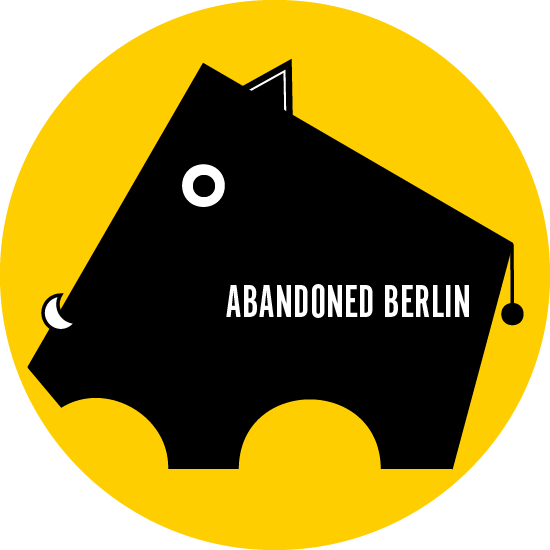
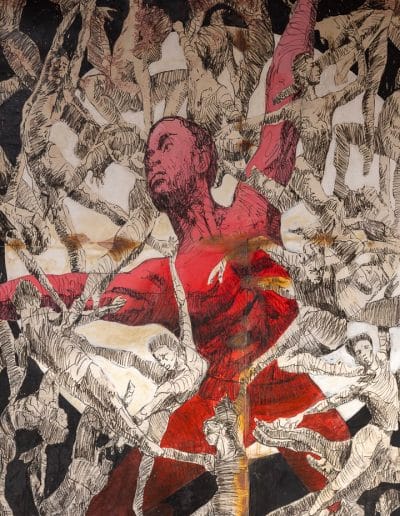
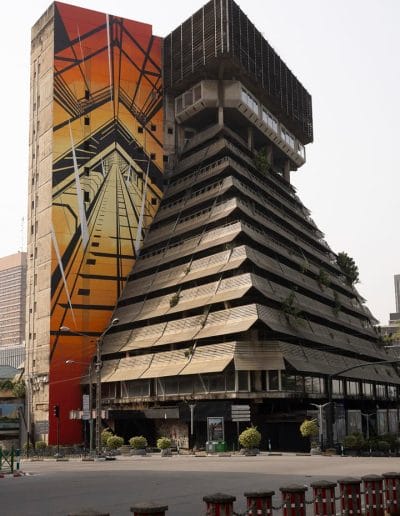
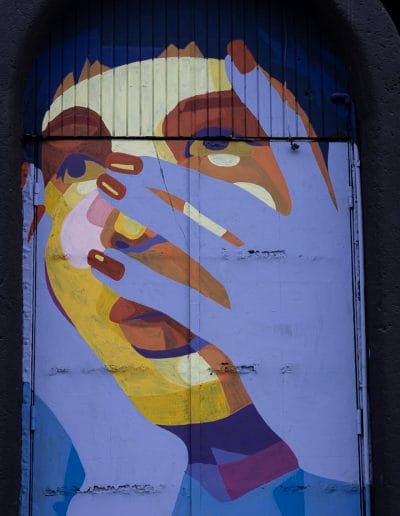
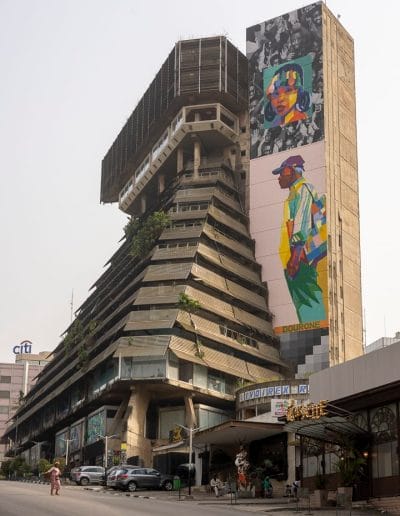
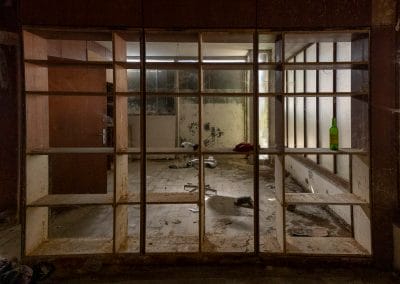

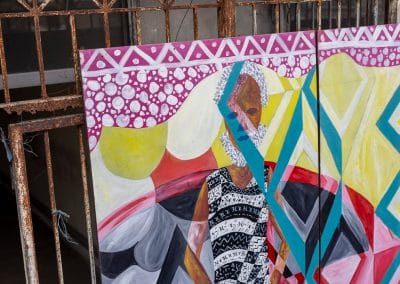


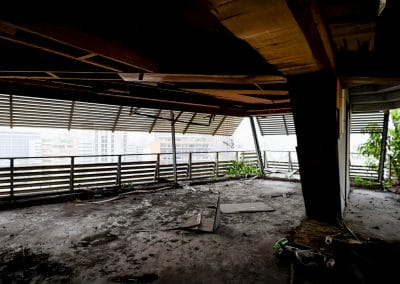
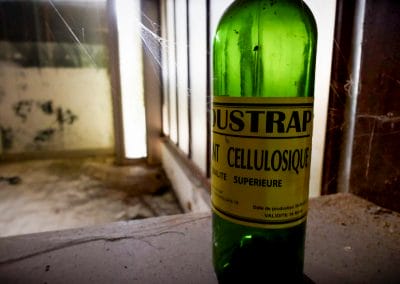

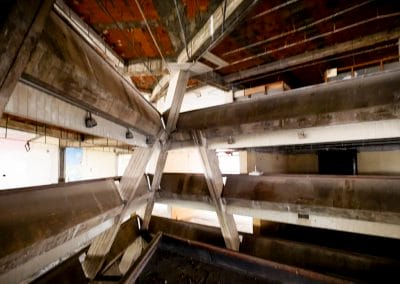
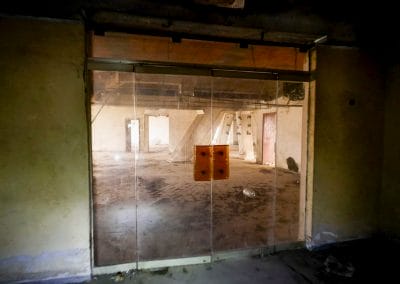
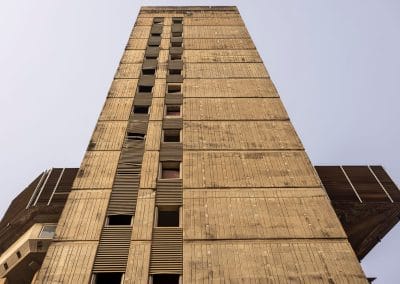
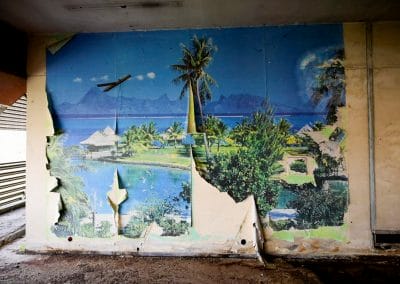
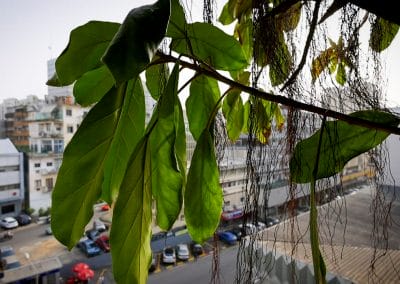
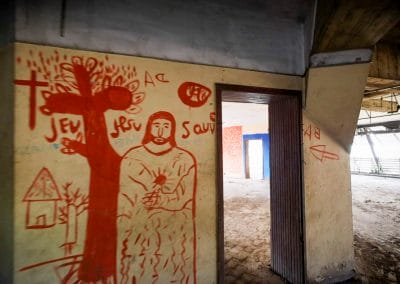

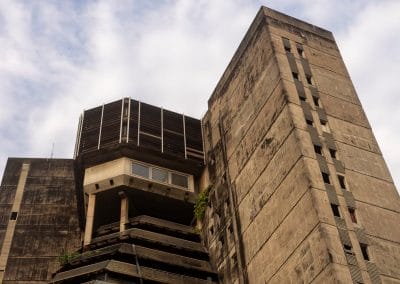
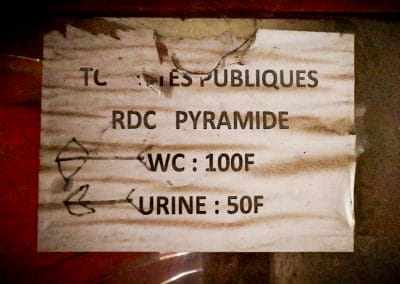
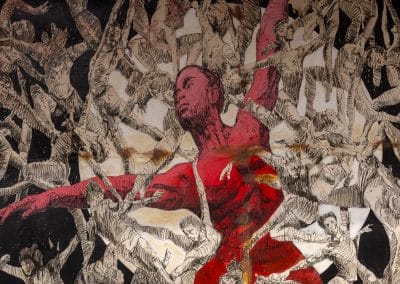
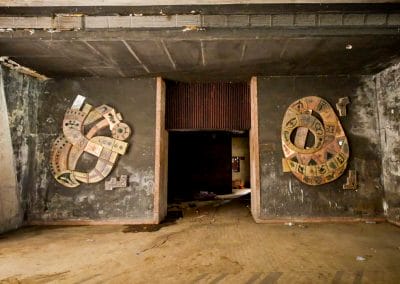
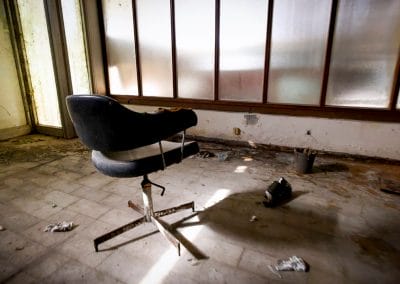
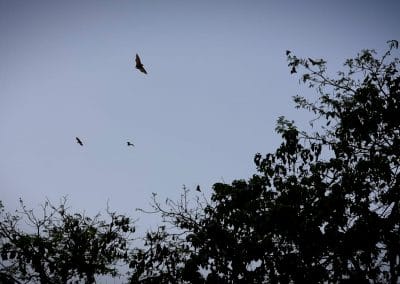
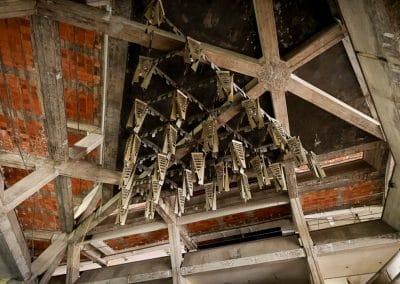

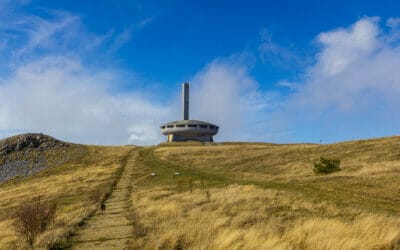
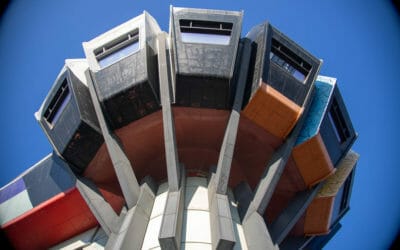
0 Comments